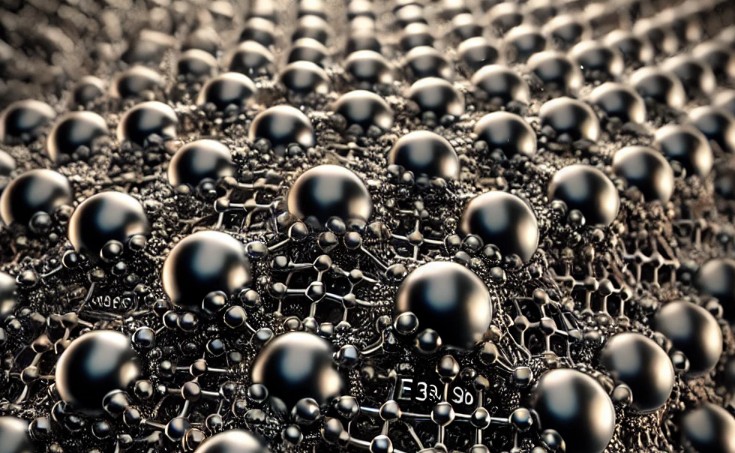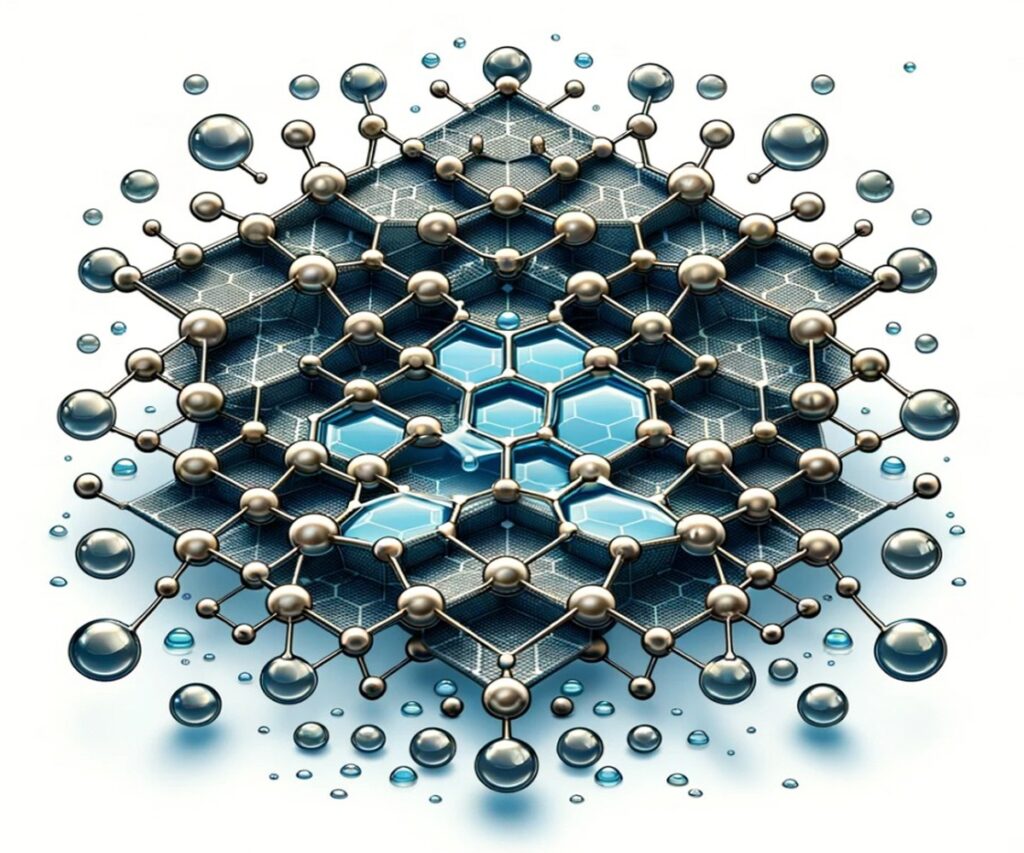Introduction and Background – LiS Battery
Lithium-sulfur (LiS) battery has great potential due to their high theoretical specific capacity and energy density, making them promising for future energy storage solutions. However, several limitations in existing research prevent their widespread commercialization. Traditional Li-S batteries suffer from the shuttling of lithium polysulfides (LiPSs) and slow redox kinetics, which limit their rate and cycling performance. Additionally, the large volume change during charge and discharge cycles causes active material shedding, reducing the battery’s efficiency and lifespan.

To address these issues, researchers have explored various strategies, including the use of porous carbon particles (PCPs) as sulfur hosts. While PCPs offer high conductivity, porosity, and structural stability, they still fall short in achieving optimal performance due to limited mass transport and incomplete sulfur utilization. There is a pressing need for innovative solutions that overcome these limitations and provide high-performance, durable, and efficient Li-S batteries.
Research Materials and Methods
In this study, we present a novel approach to enhance the performance of LiS battery by developing Fe3O4-doped carbon cubosomes with a single-network plumber’s nightmare structure (SP-Fe3O4-C). This unique structure aims to address the limitations of existing research by improving mass and electron transport, capturing polysulfides more effectively, and accelerating the catalytic conversion of sulfur species. The preparation of SP-Fe3O4-C involves several key steps:
- Synthesis of Polymer Cubosomes: Polymer cubosomes (PCs) with an ordered double primitive topology (DP-PCs) were synthesized via self-assembly of polystyrene-block-poly(ethylene oxide) (PS241-b-PEO45).
- Template Formation: The DP-PCs served as templates to prepare carbon cubosomes using (-)-epigallocatechin gallate (EGCG) and Fe3+ as precursors.
- Pyrolysis: The MPN@DP-PCs composite was pyrolyzed at 350°C and 800°C to obtain SP-Fe3O4-C particles, resulting in a high Fe3O4 loading content and a large specific surface area (SSA).
The innovative use of natural and non-toxic plant polyphenols, combined with the catalytic properties of Fe3O4, results in a highly efficient and sustainable method for creating advanced electrode materials for LiS battery.

Results and Considerations
The SP-Fe3O4-C cathode exhibits a groundbreaking structure that significantly enhances its performance in LiS battery. The 3D continuous meso-channels and carbon frameworks enable smooth mass and electron transport, while the uniformly distributed Fe3O4 particles ensure strong polysulfide capture and fast catalytic conversion of sulfur species. These powerful features collectively contribute to the cathode’s impressive electrochemical properties.
Originality or Differentiation of This Study:
- High Specific Capacity: The SP-Fe3O4-C/S cathodes demonstrated an initial discharge capacity of 1303.4 mAh g⁻¹ at 0.2 C, significantly higher than traditional PCP-based cathodes.
- Superior Rate Performance: The cathodes exhibited remarkable rate performance, with a capacity of 691.8 mAh g⁻¹ at 5 C.
- Long Cycling Stability: The batteries maintained a high cycling stability, with a capacity retention rate of over 68.1% and a decay rate of only 0.027% per cycle over 1200 cycles at 1 C.
These results underscore the originality and effectiveness of the SP-Fe3O4-C structure in enhancing the performance of LiS battery. The high Fe3O4 content (19.5 wt%) and the large SSA (485 m² g⁻¹) play crucial roles in achieving these outstanding electrochemical properties.
Applications and Effects
The innovative SP-Fe3O4-C cathode presents several powerful advantages for practical applications in energy storage:
- Enhanced Performance: The high specific capacity and excellent rate performance make SP-Fe3O4-C cathodes ideal for high-demand applications, such as electric vehicles and portable electronic devices.
- Durability: The long cycling stability ensures that batteries using SP-Fe3O4-C cathodes can operate efficiently over extended periods, reducing the need for frequent replacements and thus lowering maintenance costs.
- Sustainability: The use of biomass-derived materials in the synthesis process highlights the environmentally friendly aspect of this approach, contributing to the development of sustainable energy storage solutions.
The successful demonstration of the SP-Fe3O4-C structure in LiS battery provides a strong foundation for future research and development. The methodology and findings from this study offer a promising pathway for designing and fabricating next-generation electrode materials that can meet the growing demands for efficient, durable, and sustainable energy storage.
In conclusion, the development of Fe3O4-doped mesoporous carbon cathodes with a plumber’s nightmare structure represents a significant advancement in the field of LiS battery. This innovative approach addresses the key limitations of existing research and delivers high-performance, durable, and sustainable energy storage solutions. The powerful combination of enhanced mass/electron transport, strong polysulfide capture capability, and fast catalytic conversion sets a new benchmark for the future of energy storage technology.
Source: Zhang, H., Zhang, M., Liu, R. et al. Fe3O4-doped mesoporous carbon cathode with a plumber’s nightmare structure for high-performance Li-S batteries. Nat Commun 15, 5451 (2024). https://doi.org/10.1038/s41467-024-49826-5
※ This report has been compiled for the purpose of providing general information. It is based on data gathered by CHEMiFORGE. Should you have any inquiries or need to make decisions based on this report, it is advisable to consult with a CHEMiFORGE.


